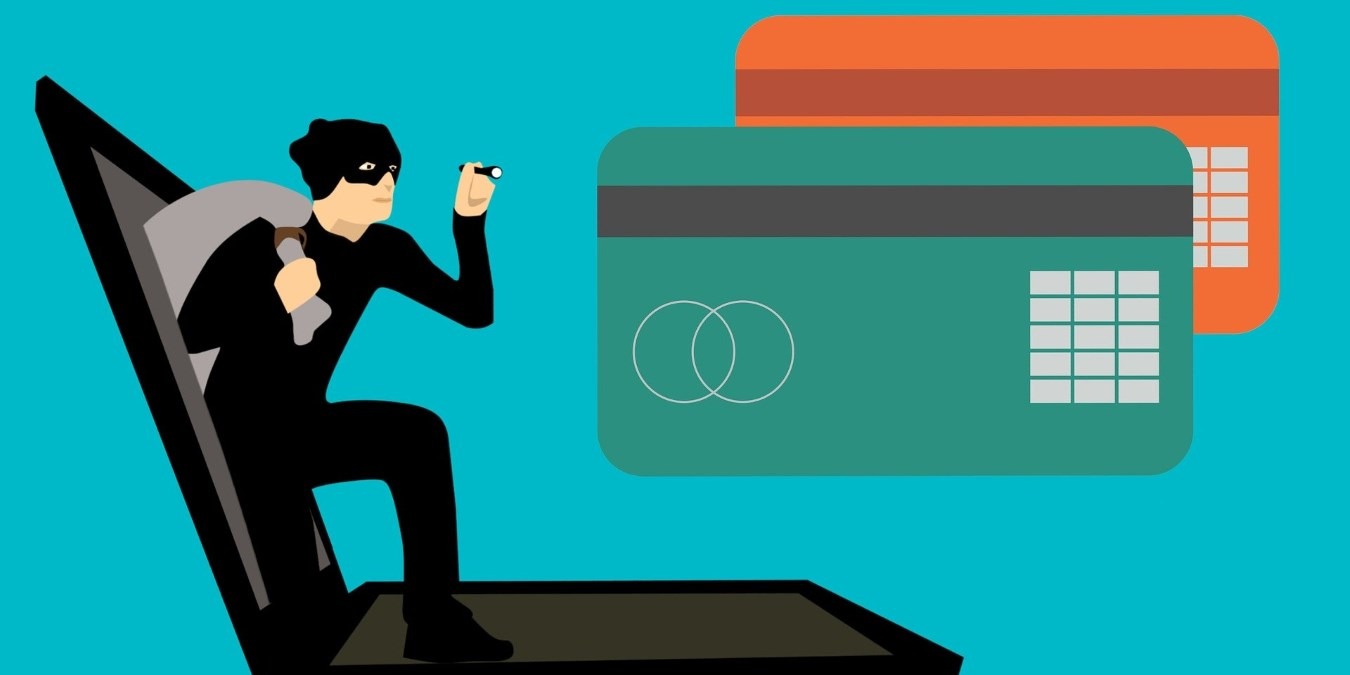eBay is a popular e-commerce platform for buying and selling. But it also opens up the possibility of scams and cons. Whether you’re a frequent buyer or seller on eBay or just an occasional user, there are a lot of ways you can get scammed through online retail.
This article will guide you through the 8 most common buyer & seller scams that you need to look out for, as well as how can you avoid them.
1. eBay Buyer Scams
Buying products through eBay is usually straightforward, but some scammers work to defraud innocent people who are just trying to get a good deal. Remember that if an offer looks too good to be true, it probably is.
Here are some of the most common eBay scams for eBay buyers:
1) Photo Scam
This is a classic yet devious scam. It will leave buyers no recourse and an astounding amount of regret. This scam works by offering a product for a usually low (but possible) rate. Often, these listings are accompanied by quality pictures and a decent description. Everything suggests that it is a perfect bargain. Until you don’t receive the item at all. Soon enough, you’ll go back and find a tiny statement that is buried deep in the description, such as, “Photo of item”, “item box only,” “item sold separately.” It’s a photograph, box, or other accessories instead of the item itself.

2) Payment Outside of eBay
eBay’s security systems can only protect buyers and sellers when transactions occur directly on the website. Illegitimate sellers may offer an item for sale but then request that the payment is sent outside of the platform. For example, they may ask for cash, bank transfer, check, money order, or even gift cards. Once the scammer has your money through untraceable means, they will stop communicating with you and will not send the item. eBay will not assist with a transaction that occurred beyond its purview.
3) Seller Uses Incorrect Name
For this eBay scam, the seller will list a normal item, generally with a "buy now" option, and once you purchase it and send them the money, the scammer will intentionally botch your name. By spelling your name incorrectly enough, you as the buyer will likely return it to the post office - thinking it isn't yours - unfortunately getting it marked "refused" or "returned" and effectively cutting you off from the option of the eBay "money-back guarantee."
Once you are unable to get your money back, the scammer will have succeeded in getting your cash and their package back. And, as an added insult to injury, you won't be able to leave any feedback since the transaction will be considered a resolved dispute.
START & SCALE YOUR BUSINESS WITH CJDROPSHIPPING
4) Gift Card Scam
Gift card scammers reach out to victims by phone, email, or social media. They offer some sort of limited-time discount to create a sense of urgency. The scammer will ask for your gift card number to use as payment. For example, they will contact you and tell you that eBay will pay half of their cable bill if you pay six months upfront using eBay gift cards. or ask you to confirm payment in advance with a gift card, perhaps in return for faster shipping or a discount. But once they have the code, they disappear and make off with your gift card balance.

2. eBay Seller Scams
As an eBay seller, you may come across more problems or scams every day. And it’s far too easy for scammers to hit sellers without much fear of repercussion because eBay is more likely to side with buyers.
To stay safe when selling on eBay, you'll need to be able to spot these issues before they happen. Read on to find the five most common scams you need to be aware of.
1) Empty Box Claim
Empty box scam also appears to sellers. This time, you sent out the package with the products in it. But after receiving the package, the buyer intentionally claims that you sent him an empty box. Then he files a fraud claim with eBay, which demands a return from the buyer. At the end of this scam, you receive the empty box you used to ship the item in, and the buyer gets to keep the product, as well as the money eBay takes back from your account and refunds the buyer.
2) Overpay Offer
Overpay scams are a persistent problem that plagues online selling. Here’s how it works: after you post a listing for an item online, a normal-seeming “prospective buyer” will contact you and purchase your item at a higher price than stated. At first, it might seem foolish to pass up a generous offer, but often it’s a trap. The buyer will pay with a fraudulent check. You send the item promptly but days later you find that the check bounces, leaving you with nothing.
Another situation is that the buyer overpays you and then asks for some of their money back. After you return the money, however, the initial payment will turn out to be false, as the check or transfer will be denied.
This scam will make you lose the difference between the phony payment and the cost of your item, as well as the item itself.
START & SCALE YOUR BUSINESS WITH CJDROPSHIPPING
3) Fake PayPal Account
Selling an item, you receive the customary email notification from PayPal that your buyer has made payment. So you duly sent out the goods. But you’ve been scammed – the email was a carefully designed hoax, and there’s no money in your account.
Unfortunately, the only real way to avoid this scam is to check your PayPal balance directly and not to click any links in the confirmation email. This way, you can see if they've paid you without compromising your safety by opening any sketchy links.
4) Broken Replica Scam
A customer purchases your product through eBay, pays for it, and you ship it, so there’s nothing to think of it. However, after receiving the package, the buyer claims that the product you sent to them is broken and may even show you pictures of the broken product(which is just a photo of a broken replica).
Following up, they dispute the transaction with eBay, claiming that you’ve sent them a broken item, and may provide them with the same photos they’ve shown to you. As a result, eBay may ask you to issue a return and refund the buyer. In this scenario, you lose both the real products and the money, only receive a broken replica.
3. How to Avoid eBay Scams
Whether you are a buyer or seller, if you think you’ve been scammed then get eBay involved ASAP.
But the best way is always to avoid these scams in the first place. For sellers, as a general rule, don't ship your item until you've received payment - a lot of scams are done by missing this step and can cost you big. As a buyer, be vigilant in analyzing the listings, using common sense, and never (ever!) giving out sensitive information like personal information or bank account numbers without verifying beforehand.
START & SCALE YOUR BUSINESS WITH CJDROPSHIPPING
In general, never provide information over email with important details about yourself or your bank account - and be very wary of emails that ask you to perform actions with links to click on. Be on the lookout when using money transferring services like PayPal or wire transfer services for fake emails or accounts and always be sure to check on your verified app or account for transactions (not emails).
Last but not least, be sure to check out eBay's security page and stay up-to-date on their policies, whether listing or buying items.
Conclusion
Although eBay and PayPal offer handy seller and buyer protection programs, scammers still count on human error to bend rules to their benefit. So whether you’re a seller or a buyer on eBay, you must be able to spot these tricks. Knowing what people most often do to take advantage of others could help you avoid scams as well as share your knowledge and best practices with others in need.

